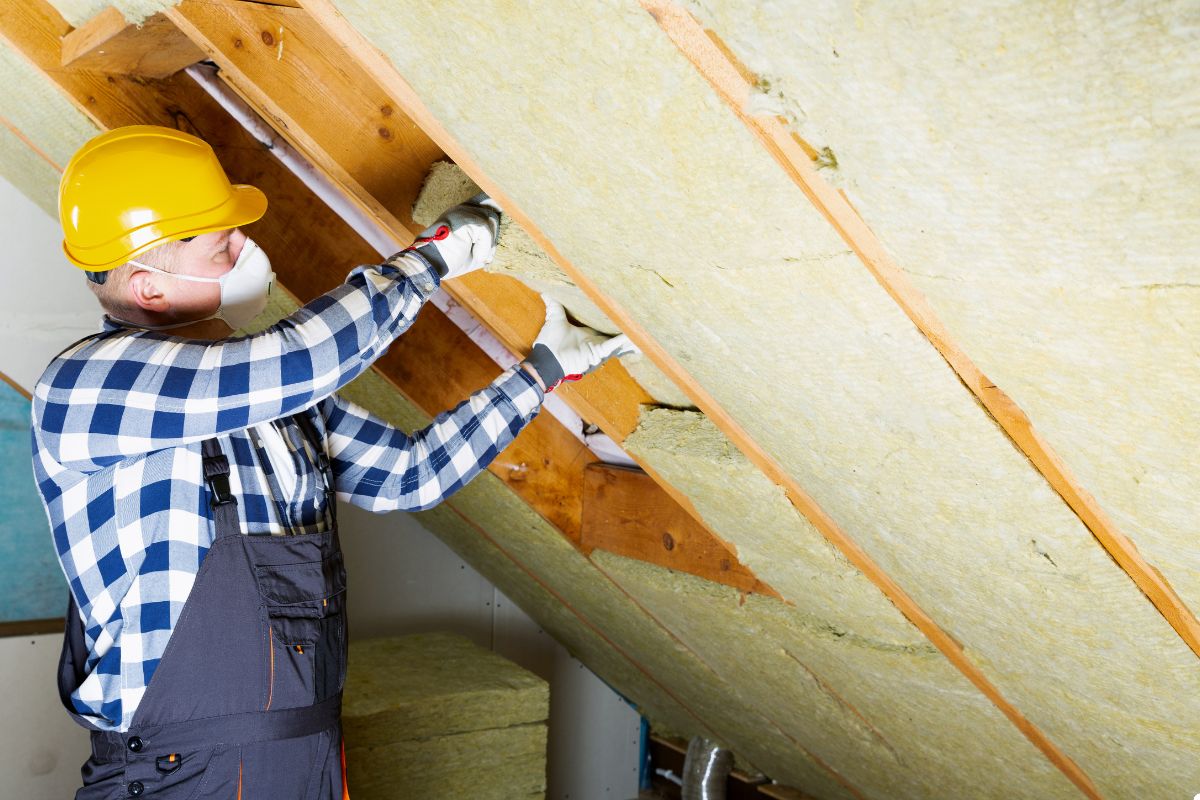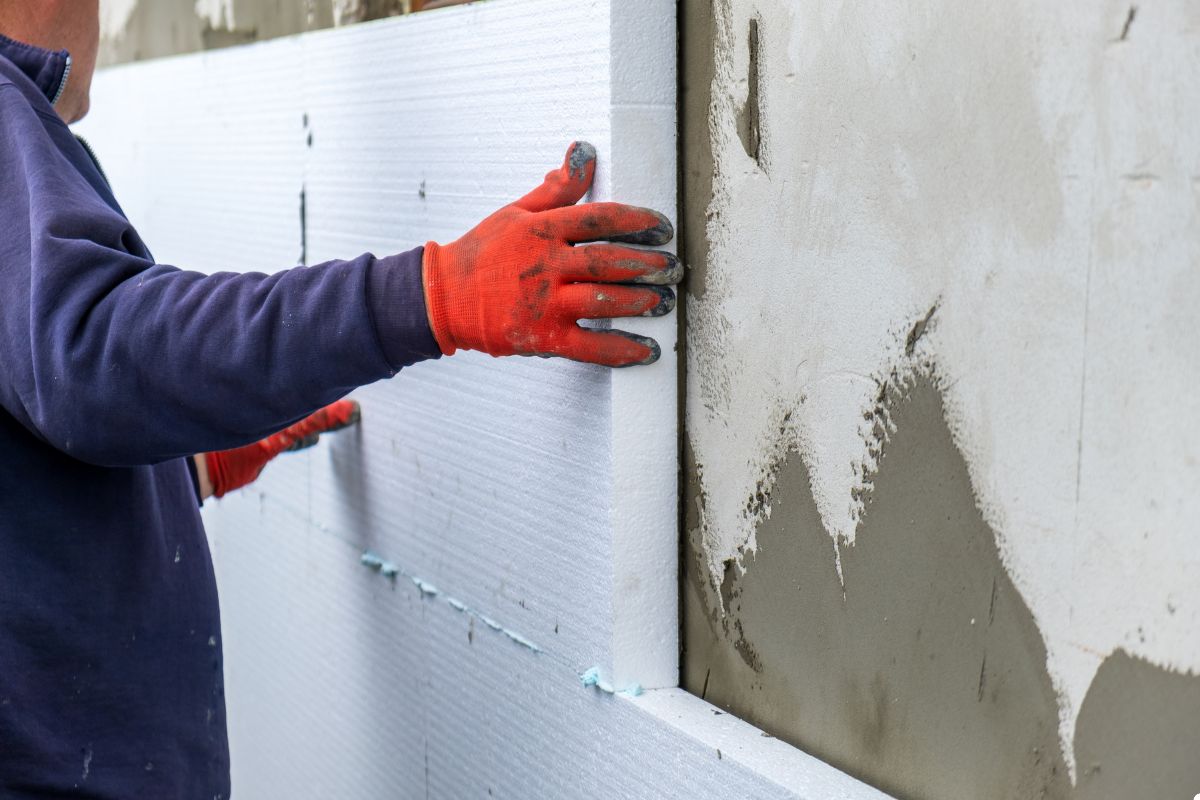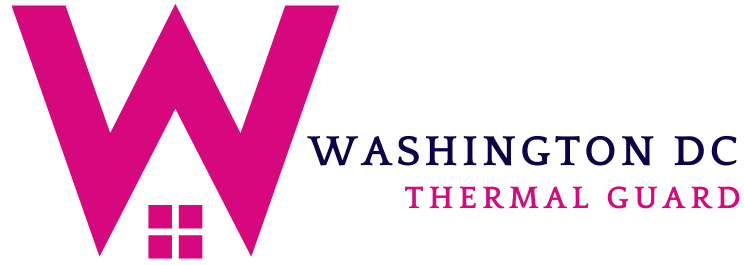
The best attic insulation for your Washington home depends on several factors, including your budget, the climate, and the structure of your attic. While there’s no one-size-fits-all answer, homeowners often find that spray foam or blown-in insulation provide the best long-term value due to their superior R-value and ability to seal air leaks. However, fiberglass batts and cellulose can also be effective and more affordable options. This guide will walk you through the different types of insulation, helping you make the right choice for your needs. Call us today to learn more and get a free consultation!
Why Attic Insulation Matters in Washington
Washington’s diverse climate, from the wet west side to the colder, drier east side, makes proper attic insulation essential. A well-insulated attic prevents heat from escaping in the winter, keeping your home warmer and reducing heating bills. In the summer, it keeps the heat out, lowering air conditioning costs. Beyond energy savings, proper attic insulation helps prevent ice dams during the winter, protecting your roof from damage. It also contributes to a more comfortable and consistent temperature throughout your home. With our services, you can reduce heating and cooling costs by upgrading your attic insulation for maximum energy efficiency.

Common Types of Attic Insulation
Several types of attic insulation are available, each with its own pros and cons:
- Fiberglass Batt Insulation: A common and relatively inexpensive option. Fiberglass batts are pre-cut sections of fiberglass insulation that fit between studs or joists.
- Blown-In Fiberglass Insulation: Loose-fill fiberglass that is blown into the attic using a machine. It’s good for filling irregular spaces and hard-to-reach areas.
- Cellulose Insulation: Made from recycled paper, cellulose is an environmentally friendly option that is also blown into the attic. It’s treated to be fire-resistant.
- Spray Foam Insulation: A premium option that expands to fill all cracks and crevices, creating an airtight seal. It has a high R-value and is excellent for preventing air leaks.
- Radiant Barrier: A reflective material that reduces radiant heat transfer. It’s often used in conjunction with other types of insulation to further improve energy efficiency, particularly in warmer months.
Choosing the Right Insulation: Key Considerations
Selecting the right insulation involves several factors:
- Climate and R-Value Recommendations: Washington’s climate zones require different R-values. The higher the R-value, the better the insulation’s ability to resist heat flow. Check local building codes for specific R-value requirements in your area.
- Attic Accessibility: The ease of accessing your attic will influence the type of insulation you can install. Blown-in insulation is ideal for attics with limited access.
- Budget Considerations: Insulation costs vary widely. Fiberglass batts are generally the most affordable, while spray foam is the most expensive.
- Environmental Concerns: If you’re environmentally conscious, cellulose insulation is a great option.
- DIY vs. Professional Installation: Some insulation types, like fiberglass batts, can be installed DIY. Others, like spray foam, require professional installation.
In-Depth Look at Insulation Options
Let’s dive deeper into each insulation type:
Fiberglass Batt Insulation:
- Pros: Affordable, easy to install (DIY-friendly).
- Cons: Lower R-value compared to other options, can be less effective if not installed properly.
- Installation Tips: Ensure batts fit snugly between joists and are not compressed.
Blown-In Fiberglass Insulation:
- Pros: Good for filling irregular spaces, relatively affordable.
- Cons: Can settle over time, reducing its effectiveness.
- Installation Tips: Requires a blowing machine, ensure even distribution.
Cellulose Insulation:
- Pros: Environmentally friendly, good R-value, fire-resistant.
- Cons: Can be dusty, may require professional installation.
- Installation Tips: Ensure proper density for optimal performance.
Spray Foam Insulation:
- Pros: High R-value, excellent air sealing, prevents moisture.
- Cons: Most expensive option, requires professional installation.
- Installation Tips: Requires specialized equipment and expertise, ensure proper ventilation during installation.
Radiant Barrier:
- Pros: Reduces radiant heat transfer, can lower cooling costs.
- Cons: Only effective in hot climates, doesn’t provide insulation on its own.
- Installation Tips: Install with the reflective side facing the attic space.
Attic Insulation and Washington’s Climate
Washington’s climate presents specific challenges for attic insulation:
- Moisture Control and Ventilation: Proper ventilation is crucial to prevent moisture buildup in the attic, which can lead to mold and rot.
- Preventing Ice Dams: Adequate insulation and ventilation help prevent ice dams from forming on your roof during the winter.
- Local Building Codes and Regulations: Ensure your insulation meets local building codes and regulations.

Cost of Attic Insulation and Return on Investment
The cost of attic insulation varies depending on the type of insulation, the size of your attic, and whether you hire a professional. On average, expect to pay:
- Fiberglass Batts: $1 to $2 per square foot.
- Blown-In Fiberglass: $1.50 to $2.50 per square foot.
- Cellulose: $2 to $3 per square foot.
- Spray Foam: $3 to $7 per square foot.
While spray foam is more expensive upfront, it offers the highest R-value and can result in significant energy savings over time. Check for government incentives and rebates to help offset the cost.
DIY Attic Insulation vs. Hiring a Professional
Installing attic insulation yourself can save money, but it’s important to assess your skills and experience. If you’re comfortable working in tight spaces and following safety precautions, you may be able to install fiberglass batts or blown-in insulation yourself. However, spray foam insulation requires specialized equipment and expertise and should always be installed by a professional.
When hiring a professional, look for a reputable insulation contractor with experience in Washington’s climate. Check online reviews and ask for references. Ensure your home stays energy-efficient with expert insulation services. Contact us today for a consultation!
Frequently Asked Questions About Attic Insulation
What R-value is recommended for attic insulation in Washington?
The recommended R-value varies depending on your location within Washington. Consult local building codes for specific requirements. Generally, an R-value of R-38 to R-60 is recommended for attics in Washington.
How long does attic insulation last?
Most types of attic insulation can last for 15-20 years or more. However, it’s important to inspect your insulation regularly for signs of damage or settling.
How do I maintain my attic insulation?
Keep your attic well-ventilated to prevent moisture buildup. Inspect your insulation regularly for signs of damage or pests.
Making the Right Choice for Your Washington Home
Choosing the best attic insulation for your Washington home requires careful consideration of your budget, climate, attic accessibility, and environmental concerns. By understanding the different types of insulation and their pros and cons, you can make an informed decision that will improve your home’s energy efficiency, comfort, and value. Don’t hesitate to consult with a qualified insulation professional for personalized recommendations and accurate cost estimates. A well-insulated attic is an investment that pays off for years to come! Call us today for expert advice and a free estimate!
